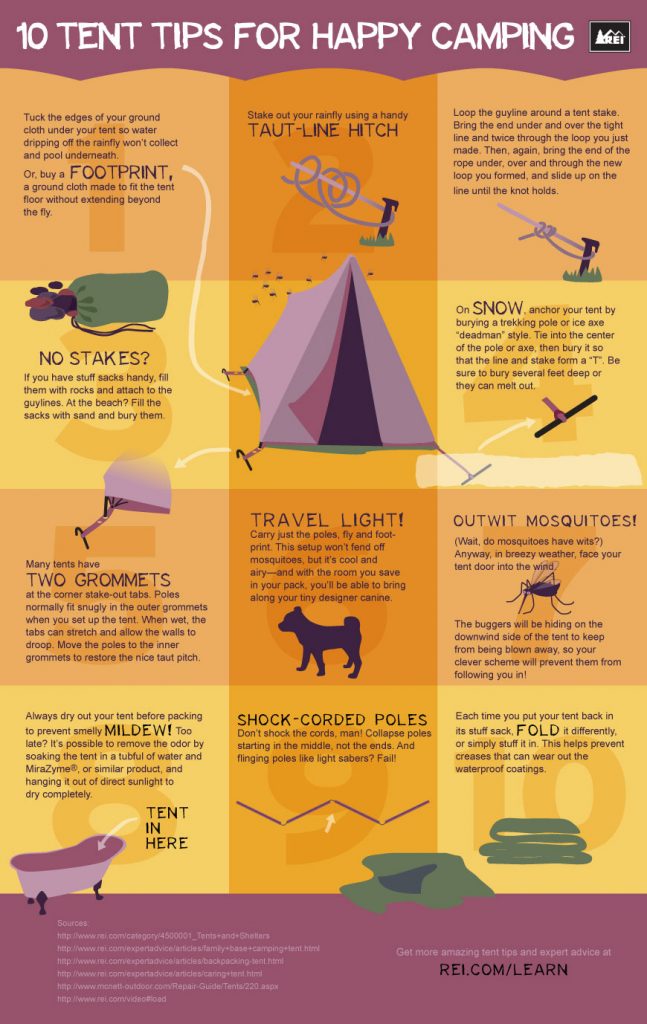Unlocking Worldwide Markets Basics Of Online Camping Tents Product Sales
Unlocking Worldwide Markets Basics Of Online Camping Tents Product Sales
Blog Article
Taking Pictures of the Evening Skies
A range of variables can influence evening skies photography. From weather to upcoming celestial events, you'll want to plan in advance to make certain success.
What is a tent footprint?
The shutter speed you choose identifies whether stars appear as accurate pin-points or path across the image. A good rule of thumb is to limit the exposure to 500 secs, or the matching of your lens's focal size.
Area
Among the most essential factors in a good picture is where you take it. Go for locations with minimal light air pollution, and stay clear of areas that have brilliant city lights and high-rise buildings.
Also, try to find an area that supplies foreground components to develop structures with. For instance, dune patterns, wind-sculpted ridges and rocky outcrops can all provide fascinating foreground components to assist tell the story of your evening skies photo.
It is likewise valuable to research expensive occasions such as meteor showers and lunar eclipses to maximize chances for fantastic photos. Making use of a device such as the Photographer's Ephemeris can be incredibly useful when intending your shoots. It aids you to figure out moon phases, Milky Way placement and various other huge events. Additionally, think about shooting in RAW layout instead of JPEG as this offers you a lot more versatility when processing the photos. This is especially real if you prepare to print your images.
Cam Settings
Obtaining the best video camera setups is essential for any picture, however especially so for night skies photos. A wide-angle lens is best for recording even more of the Milky Way and minimizing star routes, in addition to a longer shutter rate to quit the motion of stars and disclose their details.
For an optimum level of quality, shoot in RAW style as opposed to JPEG, which enables you to preserve more data and supplies adaptability throughout post-processing. This can also contribute to submit dimension, so make sure you have a lot of storage area and added sd card on hand.
Establish your focus to hand-operated focusing by flipping the AF/MF activate your lens into MF setting. You may require to take a few examination shots and check the picture playback on your electronic camera's LCD screen till you achieve best, pinpoint hand-operated focus. It's an excellent idea to do this throughout the day with your chosen lens and the area you will be contending night, to validate the accuracy of your emphasis setting.
Illumination
A good night skies picture calls for the right problems. This includes a dark skies, but likewise an interesting foreground aspect such as a hill on the horizon, a lake to mirror the celebrities, or a human aspect like a barn or shed. You can also use a headlamp to illuminate the foreground and include some dramatization or depth to your photo.
The most vital camera settings for night skies photography are the aperture and shutter speed. The broader the aperture, the more light that gets to the sensor. This enables you to record bright stars in a fairly short quantity of time.
The shutter rate identifies whether your celebrities will certainly be pin-point ideal or if they will look like star tracks as a result of the Earth's turning. Make sure to take numerous long exposure shots and pile them in post-processing for the best results. Last but not least, shoot in RAW mode to provide on your own optimal latitude in post-processing.
Composition
The trick to attractive star shots isn't a high-end telescope, a brand-new wide-angle lens or a state-of-the-art Canon or Nikon camera. It's technique, preparation and make-up.
For starters, search your shoot place beforehand to get a feel for the design and prospective make-ups. Consider integrating foreground components such as rocks, a lake or alpenglow on the landscape to include character and rate of interest to your pictures.
Bear in mind the Regulation of Thirds when composing your photos. This basic principle assists equilibrium and merge pictures. It's additionally valuable for concentrating on points of interest in your photo, such as rock features or the Galaxy. Additionally, bear in mind to plan your shoots around moon phases-- shooting at a full moon can subdue celebrities and create a silhouetted shape, while shooting on in tents evenings with a new moon can aid you see constellations extra clearly.
Are canvas tents better than nylon?
